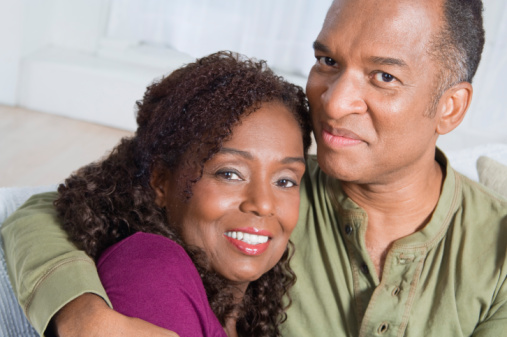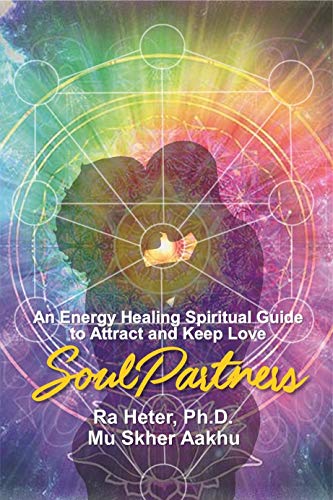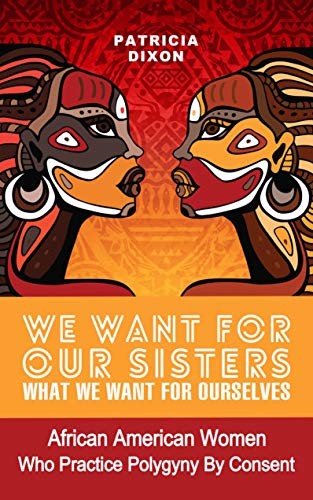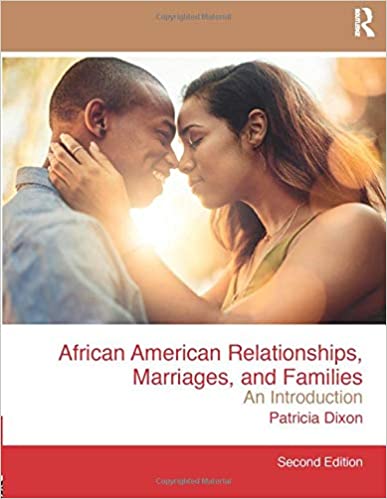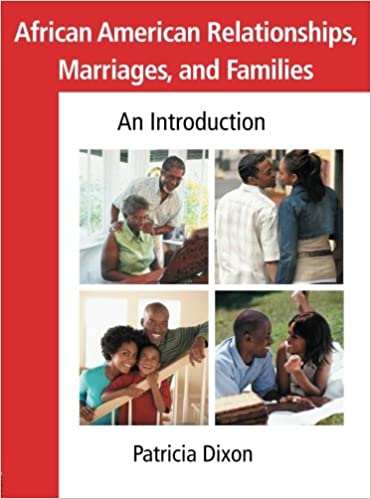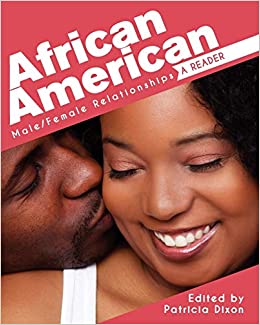Category Archives: Marriage & Divorce
Dialogue of love and despair – Independent.ie
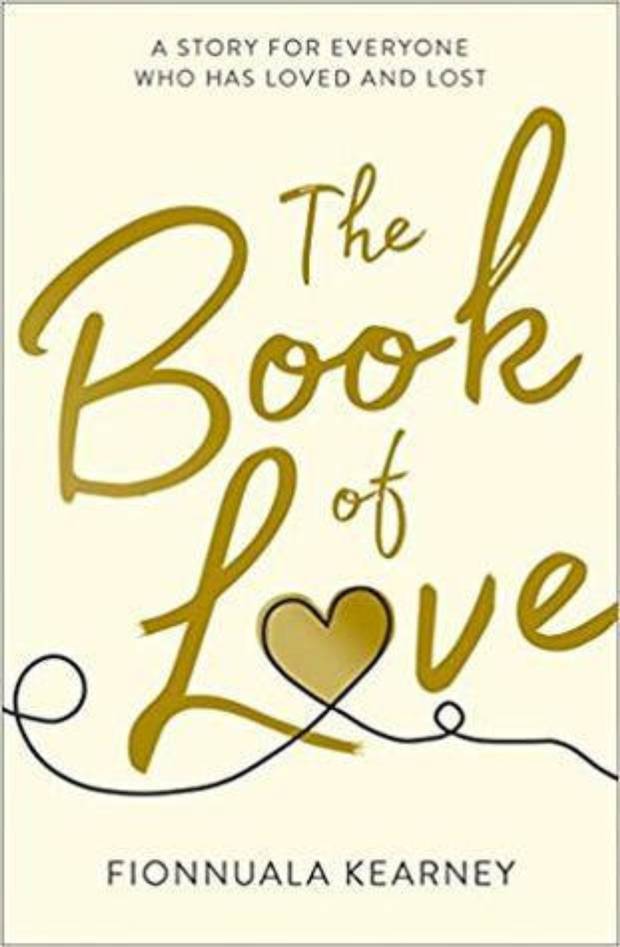
Erin and Dom marry and are determined to prove the naysayers wrong. They are young, expecting their first child, “She and Dom hadn’t known each other long enough yet to have a song… They’d known each other long enough to create the human being that danced inside her, but not long enough to have a song.”
A gift from Erin’s father, Fitz, turns out to be an invaluable asset to the marriage: “amongst layers of tissue paper, lay a leather-bound notebook… Her forefinger traced the embossed words on the front: ‘What am I? I am The Book of Love, The pages of truth with its light and shade. I am Love, And if real, I will never fade’.”
The book is designed to create discourse within a marriage. Each person is encouraged to write their true feelings within the safe space of the notebook. Two tips are passed on – via Fitz – to the newlyweds, regarding The Book of Love: “First, don’t do it too often, it’s a route to talking about difficult things not the only place to mention them. And second, when you write something, start and end it with love…”
Dom and Erin are wildly in love and are soon welcoming baby Maisie into their lives and learning to blend together as a family. The Book of Love becomes useful as Erin battles insomnia and learns to offload some of her anxieties in written form. The entries are honest and offer a glimpse into the minds of the young couple. Dom tends to keep his notes brief and to the point but still manages to emphasise his love for Erin. He oozes confidence in their relationship and dismisses Erin’s fears.
A sequence of events shatters the couple’s lives and their love for each other is pushed to the limit. How can two people re-connect with permanent cracks in their framework? The Book of Love allows for a dialogue of hope, love, despair and mistrust. But most of all, there is regret and a physical reminder of what love was, and what could be done to bring it back. An emotional journey through a tested marriage. Beautifully crafted.
Sunday Indo Living
Ayesha Curry: Secret to long marriage to Stephen Curry is putting him first, not kids – USA TODAY

By celebrity marriage standards, almost eight years of marriage is nothing to balk at.
Celebrity chef Ayesha Curry, 29, and wife of Stephen Curry, 30, of the NBA’s Golden State Warriors says the secret to staying married is a lot of straight conversations. But the couple, who have three children, say it’s something else, too. The something else came courtesy of their parents, who have been married for more than 30 years each.
‘Putting ourselves first’
Curry shared the advice of her parents and her in-laws in an interview with Hello Giggles.
“… And the one thing that they both shared with us — some through learning it the hard way, some through just making sure that they do it — is just making sure that we put each other first, even before the kids, as tough as that sounds. Putting ourselves first, and making sure that we make time for date nights and for each other. That’s been very important, as hard as it is.“
Curry said it wasn’t easy and goes against a parent’s instinct.
The couple have a two daughters, Riley, 6, and Ryan, 3, and son Canon, 6 months.
“Because when you become a parent, you want to put your kids first, and we do, but we do it second to our relationship. Because ultimately, when our relationship is good, the kids are happy and they’re thriving and our family life is good. We have to put that into perspective and realize that it’s not us being selfish, it’s making sure we set a strong foundation.”
Hmm … That’s making a lot of sense! Here’s to the marriage going the distance.
READ MORE:
Read or Share this story: https://www.usatoday.com/story/life/allthemoms/2019/01/20/ayesha-curry-puts-marriage-stephen-curry-before-kids/2633705002/
The controversial way couples are saving on wedding costs – 9Honey
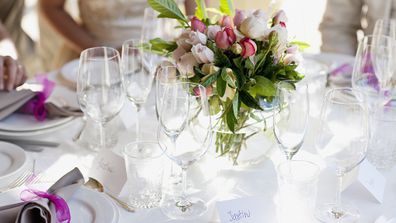
Wedding costs can put a huge strain on a relationship, particularly when you consider the fact most young couples are now forking out an average of $32,333 for their special day – an increase of three per cent from last year.
That’s at least $10,000 more than most couples plan to spend, according to the latest Annual Australian Wedding Industry Report released by Easy Weddings.
The wedding website surveyed more than 4,100 couples between September and October 2018 and discovered that as the cost of an average wedding in Australia continues to increase, couples are coming up with controversial ways to save money.
In this episode of The Windsors we examine the fallout between Meghan and her family in the lead up to her wedding, and how Meghan’s entry into the Royal Family has changed the House of Windsor. (Article continues.)
One decision many couples are making, which is sure to cause division among friends, is to not allow guests to bring a ‘plus one’.
With the average venue costing $157 per head, 12 per cent of couples think limiting the number of guests in this way is a good way to save money.
That means the tradition of seating single guests together on one table, even if they don’t know each other well, is alive and well (and likely as awkward to participate in as ever before).
Couples are choosing not to allow for ‘plus ones’ to save on wedding costs. (Getty)
Other findings from the survey include:
* The most popular month for nuptials is March (19 per cent), followed by April (12 per cent) and then February (11 per cent);
* The average age of brides is 28 and grooms is 29;
* Wedding guests will spend an average of $120 per couple on gifts;
 The average cost of a wedding has increased by 3%. (Getty)
The average cost of a wedding has increased by 3%. (Getty)
* 11 per cent of couples will chose their wedding date bates on the availability of their venue of choice;
* An average of 97 guests will be invited to an Australian wedding;
* The cost of an average wedding dress is $2,649;
RELATED: Furious bride cancels wedding because guests won’t donate $1,500 each to attend
* 52 per cent of couples will choose a sit down dinner for their reception, followed by 22 per cent who choose a buffet;
* The average cost of a wedding cake is $537.
The survey also found 89 per cent of couples will live together before getting married, 49 per cent have already purchased a home together, and Easy Weddings predicts there will be 5,500 same-sex weddings by the end of 2019 for the first full year of same-sex marriage being legalised.
Share your story by sending an email to 9Honey@nine.com.au.
Carolyn Hax: Marriage begins to unravel after kids fly the coop – seattlepi.com

-
Keep clicking or swiping through the slideshow for “Day of the Dead Celebrations”
Keep clicking or swiping through the slideshow for “Day of the Dead Celebrations”
Photo: Jamie Grill, Getty Images
Keep clicking or swiping through the slideshow for “Day of the Dead Celebrations”
Keep clicking or swiping through the slideshow for “Day of the Dead Celebrations”
Photo: Jamie Grill, Getty Images
Dear Carolyn:
After 30 years of marriage, my wife and I have come to the realization that we have nothing in common. It hasn’t always been this way. Even with our cultural differences — my wife emigrated from Central America at 20; I’m third-generation Japanese American — there was an instant connection. We had kids right away and were always in agreement about how to raise them, and there were always school events and sports to keep us busy.
As the kids grew up and moved out, our problems became more apparent. She can be self-centered and controlling, and gets very upset if things don’t go her way. We can’t dance at parties because she only wants to dance her way. She got extremely upset when I made decisions on care for my aging parents. She gets upset if I ask her what she wants to do on a weekend; she wants me to find something she’ll like.
There were early signs. When we first started living together, for example, she would complain if I read a book while she watched Spanish-language TV.
My wife also doesn’t show any interest in things I like. Even though I don’t speak Spanish well, I have fun watching her soap operas and going to Spanish-language concerts. If I try to talk to her about current events, sports, movies or music, I’m met with indifference. She only seems concerned with what I can do for her.
Therapy hasn’t really helped. I think I’ve made changes; my wife doesn’t feel like she needs to change. It’s always what I need to change. We’ve talked about divorce, but it seems like we should be able to work through this. There are no deal-breaking issues like cheating, just a serious lack of communication. I’m not sure what to do.
— Looking for Something More
With all due respect, I’d say there’s an excess of communication.
At least, there is plenty on the negative and futile end of the scale.
You are trying and trying to converse — on news, sports, arts, and in therapy — and in the process communicating your hopes of converting her into an engaged and chatty companion. Your efforts to share her interests and meet her needs communicate this, too, in their ways.
She, for her part, is communicating with you all over the place. The emotional outbursts, the indifference to your conversation attempts, and the stubborn resistance to change are all forms of communication and her message is clear: She is available to you strictly as-is, so don’t look for anything different from her.
Whether this is healthy, good or kind, and whether you accept or like this about her, are all apparently beside her point. As-is. Take-leave.
So my advice is to move yourself deliberately to the positive and productive end of the scale with full knowledge of her as-is terms. Since she’s not budging, anything that hinges on her changing the way she does things is not productive and therefore is out. Your dwelling on what you and she no longer talk about or share? That’s negative, so that’s out. Reacting when she gets upset is negative and counterproductive and out. You get the idea.
What’s in: Dance your way, warmheartedly. And look for what she does offer you now. Don’t be stingy; even shared history and financial stability have value. Find what pleasures you can in your present reality — both the good things about her company, and the good things about having more room to develop varied interests than you’ve had in three decades.
Maybe you need to stay interesting to yourselves and each other through some smaller, separate pursuits. Kids are 20-year collaborations, each. You and your wife were good partners in these projects — excellent. It seems unrealistic, though, to think you can subtract this consuming purpose from your daily lives without consequence.
Explore this positive and productive side of the scale, as creatively as you need to and as transparently as any marriage deserves, then assess: Can you live happily in a marriage built out of the material you have, versus the material you keep trying in vain to get?
And don’t get hung up on what you “should” be “able to” accomplish. There is only what you do, what you have, and how you feel.
As for her controlling and selfish nature: It’s emphatically not OK. But if I read things correctly, she was controlly before kids and after but not (problematically) during. If so, then maybe the project — the purpose — really is the thing. Maybe she’s bored and adrift; people sometimes micromanage less when there’s more to do. Maybe your marriage needs something to do.
It has high mileage, and “instant connection” pheromones well out of warranty, yet you’re asking it to be enough, alone, to keep you both happy — which you’ve never asked of it before. Why not use your happier years as a script? Find a purpose and put it to work. Divorce can wait while you give it a try.


